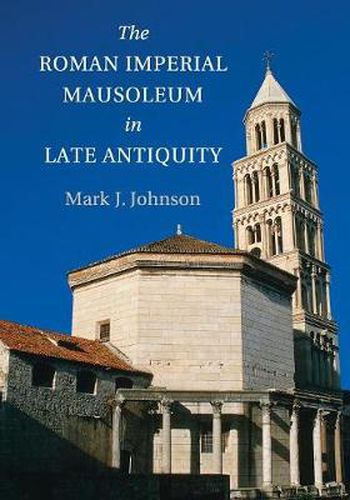Readings Newsletter
Become a Readings Member to make your shopping experience even easier.
Sign in or sign up for free!
You’re not far away from qualifying for FREE standard shipping within Australia
You’ve qualified for FREE standard shipping within Australia
The cart is loading…






This book is the first comprehensive study of the mausolea of the later Roman emperors. Constructed between c.AD 244 and 450 and bridging the transition from paganism to Christianity within the empire, these important buildings shared a common design, that of domed rotunda. Mark Johnson examines the symbolism and function of the mausolea, demonstrating for the first time that these monuments served as temples and shrines to the divinized emperors. Through an examination of literary sources and the archaeological record, he identifies which buildings were built as imperial tombs. Each building is examined to determine its place in the development of the type as well as for its unique features within the group. Recognizing the strong relationship between the mausolea built for pagan and Christian emperors, Johnson also analyzes their important differences.
$9.00 standard shipping within Australia
FREE standard shipping within Australia for orders over $100.00
Express & International shipping calculated at checkout
This book is the first comprehensive study of the mausolea of the later Roman emperors. Constructed between c.AD 244 and 450 and bridging the transition from paganism to Christianity within the empire, these important buildings shared a common design, that of domed rotunda. Mark Johnson examines the symbolism and function of the mausolea, demonstrating for the first time that these monuments served as temples and shrines to the divinized emperors. Through an examination of literary sources and the archaeological record, he identifies which buildings were built as imperial tombs. Each building is examined to determine its place in the development of the type as well as for its unique features within the group. Recognizing the strong relationship between the mausolea built for pagan and Christian emperors, Johnson also analyzes their important differences.